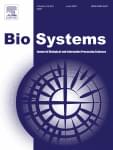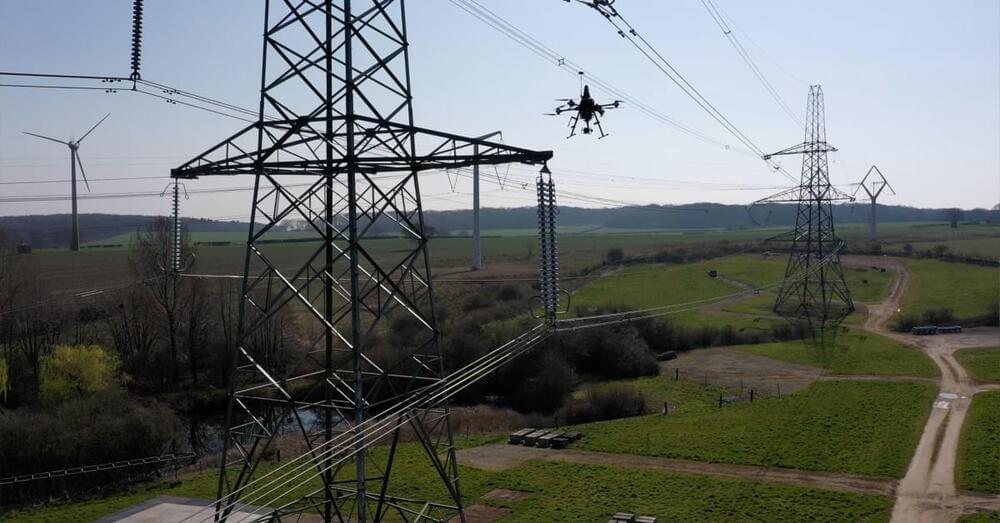Subscribe — https://bit.ly/3myAZOn.
You’d be instantly where you want to be if you moved at the speed of light. Indeed, light-speed travel has been a fantasy of many scientists and aerospace engineers who look for ways to achieve it.
And now, it seems Elon Musk and NASA have broken that fantasy code to build a light-speed engine that defies the laws of physics.
About Elon Musk Live.
🎥 Videos about Elon Musk, SpaceX, Tesla, Neuralink, The Boring Company and more.
🔔 Subscribe for more Elon Musk, SpaceX, Tesla, Neuralink, The Boring Company and more.
📝 Written, voiced and produced by Elon Musk Live.
Watch More Elon Musk Live Videos Here:









